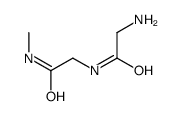| Structure | Name/CAS No. | Articles |
|---|---|---|
 |
Fibrin
CAS:9001-31-4 |
|
 |
Transglutaminase
CAS:80146-85-6 |
|
 |
GPRP
CAS:67869-62-9 |